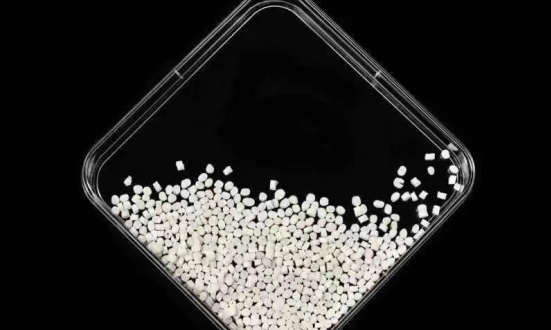Abundant raw material sources
The raw materials used to produce polylactic acid (PLA) come from renewable resources such as corn, without the need for precious natural resources like petroleum or wood, thus helping to protect dwindling oil resources.
Superior physical properties
PLA is suitable for various processing methods such as blow molding and thermoplastics, making it easy to process and applicable to a wide range of plastic products, food packaging, fast food boxes, non-woven fabrics, industrial and civilian fabrics, and has a very promising market outlook.
Biocompatibility
PLA also has excellent biocompatibility, and its degradation product, L-lactic acid, can participate in human metabolism. It has been approved by the US Food and Drug Administration (FDA) and can be used as a medical surgical suture, injectable capsules, microspheres, and implants.
Good breathability
PLA film has good breathability, oxygen permeability, and carbon dioxide permeability, and also has the characteristic of odor isolation. Viruses and mold are easy to attach to the surface of biodegradable plastics, so there are safety and hygiene concerns. However, PLA is the only biodegradable plastic with excellent antibacterial and anti-mold properties.
Biodegradability
PLA is one of the most researched biodegradable materials in China and abroad, and its three major hot application areas are food packaging, disposable tableware, and medical materials.
PLA, which is mainly made from natural lactic acid, has good biodegradability and biocompatibility, and its life cycle has a significantly lower environmental impact than petroleum-based materials. It is considered the most promising green packaging material for development.
As a new type of pure biological material, PLA has great market prospects. Its good physical properties and environmental friendliness will undoubtedly make PLA more widely used in the future.

Post time: Apr-20-2023







